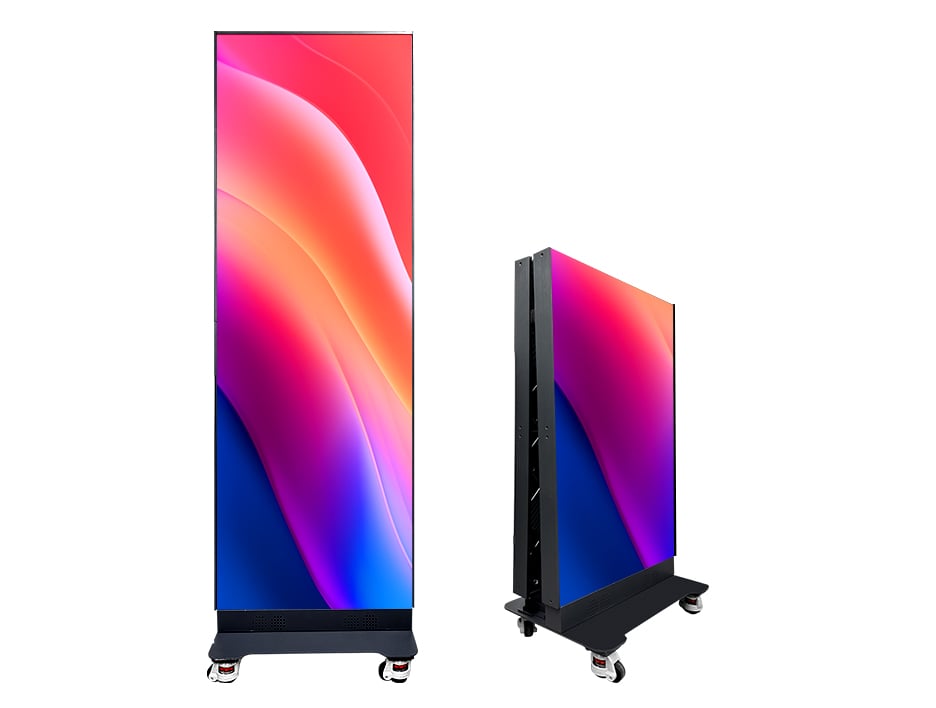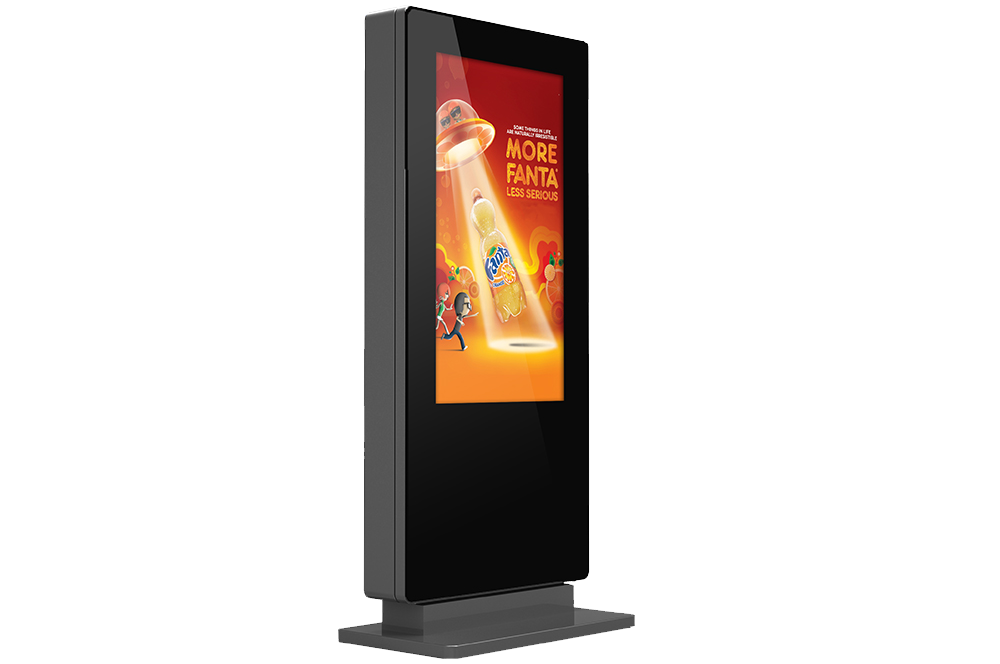Digital Posters: Are They Replacing Traditional Ones?

In the evolving landscape of advertising and communication, digital posters have emerged as a modern alternative to traditional printed posters. This article explores the differences, advantages, and potential future of digital posters compared to their traditional counterparts.
What Are Digital Posters?
Digital posters are electronic displays that use screens such as LCD, LED, or projection technology to showcase dynamic content. Unlike static printed posters, digital posters can display videos, animations, and real-time updates.
Advantages of Digital Posters Over Traditional Posters
| Feature | Digital Posters | Traditional Posters |
|---|---|---|
| Content Flexibility | Can be updated instantly and remotely | Fixed once printed |
| Interactivity | Supports touch and motion sensors | None |
| Cost Over Time | Higher initial cost, lower update cost | Lower initial cost, higher update cost |
| Environmental Impact | Less paper waste, energy consumption | Paper waste, printing chemicals |
| Visual Appeal | Bright, dynamic, and eye-catching | Static and limited to print quality |
Are Digital Posters Replacing Traditional Ones?
While digital posters are gaining popularity, especially in urban and commercial settings, traditional posters still hold value for certain applications due to their simplicity and cost-effectiveness. The choice often depends on the context, budget, and target audience.
Use Cases for Digital Posters
- Retail stores for promotions and advertisements
- Public transportation hubs for real-time updates
- Events and exhibitions for dynamic content display
- Corporate offices for internal communications
Use Cases for Traditional Posters
- Community bulletin boards
- Local events and festivals
- Educational settings where digital infrastructure is limited
Frequently Asked Questions (FAQ)
Q1: Are digital posters more expensive than traditional posters?
A1: Digital posters usually have a higher upfront cost due to hardware and installation but can be more cost-effective over time because they eliminate printing and distribution expenses.
Q2: Can digital posters be used outdoors?
A2: Yes, many digital posters are designed with weather-resistant features suitable for outdoor use.
Q3: Do digital posters require internet connectivity?
A3: While many digital posters use internet connectivity for content updates, some can operate offline with preloaded content.
Q4: Are traditional posters obsolete?
A4: Not entirely. Traditional posters remain relevant in areas where digital infrastructure is limited or for specific marketing strategies.
Conclusion
Digital posters offer dynamic, flexible, and engaging ways to communicate messages, making them a strong contender in the advertising world. However, traditional posters still have their place, especially where simplicity and cost are priorities. The future likely holds a blend of both, tailored to specific needs and environments.
This comprehensive overview should help readers understand the evolving role of digital posters and their impact on traditional advertising methods.
